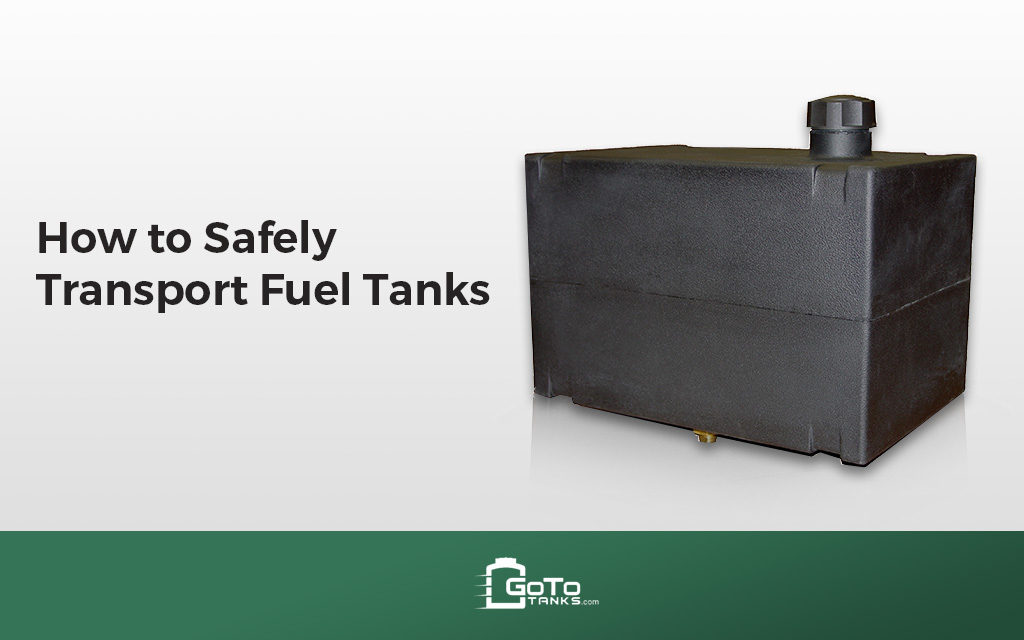

Transportation of fuel tanks is a risky undertaking that requires know-how and much precaution. You don’t have much of a margin to mess up since safety is key to avoiding disaster. Fuel tanks can be incredibly dangerous loads to keep and transport in your vehicle. So how do you make sure that you’re preventing any potential hazards that could arise during this process? We’ll look at safety measures you can take, as well as, the value in investing in a quality fuel tank that can minimize the potential for any hazardous events.
It is important to be aware of and have some knowledge of state and federal regulations regarding the transportation of fuel tanks, whether filled or empty, with residual compound. U.S Department of Transportation (USDOT) regulations are constantly changing, so it is important to stay up-to-date, in order to be in compliance with the laws governing fuel tank transportation (tank endorsement, placard hazardous materials marking, etc.) and to ensure safety.
It goes without saying, a quality fuel tank is beneficial in meeting and even exceeding regulatory standards, and lends to reliability and safety for fuel transportation. Furthermore, fuel tanks are made from a variety of materials, including steel, aluminum and plastic. It is essential that your tank is not susceptible to heat and cold, and will not corrode and cause leakage.
When transporting a fuel tank, it is vital to ensure that the cap is securely tightened, in order to prevent the risk of spillage and the accumulation of gas vapor, which can cause a dangerous fire when ignited. It is always good to double-check the fuel tank cap before heading out.
Fuel Tanks should be secured in an upright position so it will not fall, shift, or roll. This type of load, if permitted to move around in your vehicle or tip on its side, could cause fuel leakage during transport. You can employ the use of a bungee cord, if necessary, to anchor the fuel tank and ensure safety when deployed on a vehicle in motion.
We recognize the need to be safe from start to finish, and at Go To Tanks, we stock a selection of fuel tanks for you to choose from. We minimize your worry with fuel tanks that are durable, leak-free and reliable.